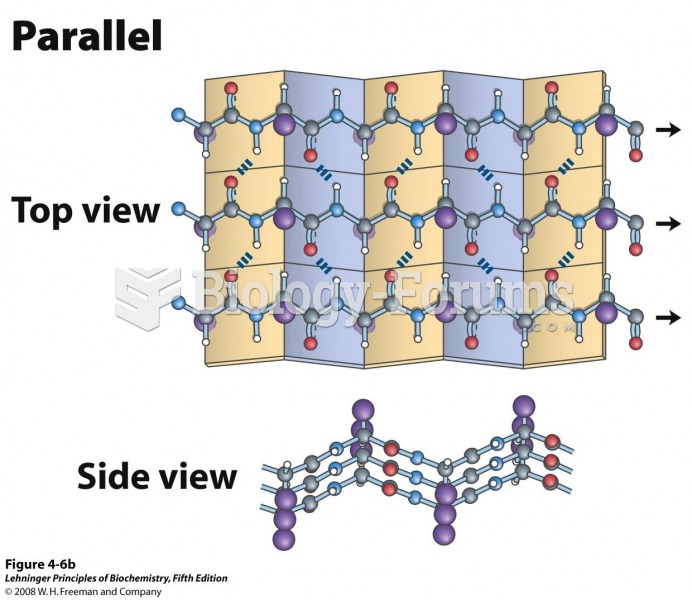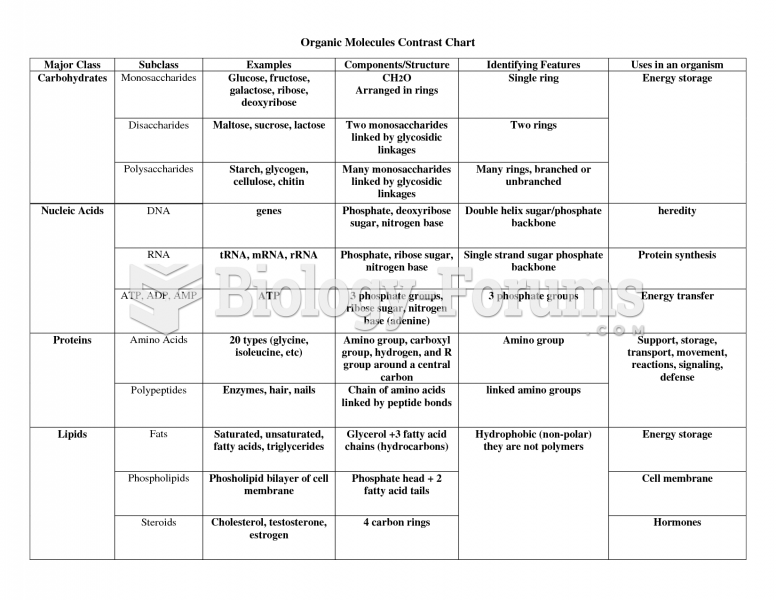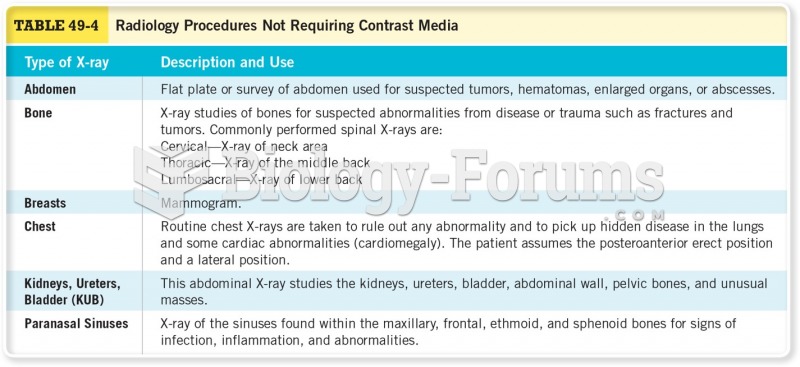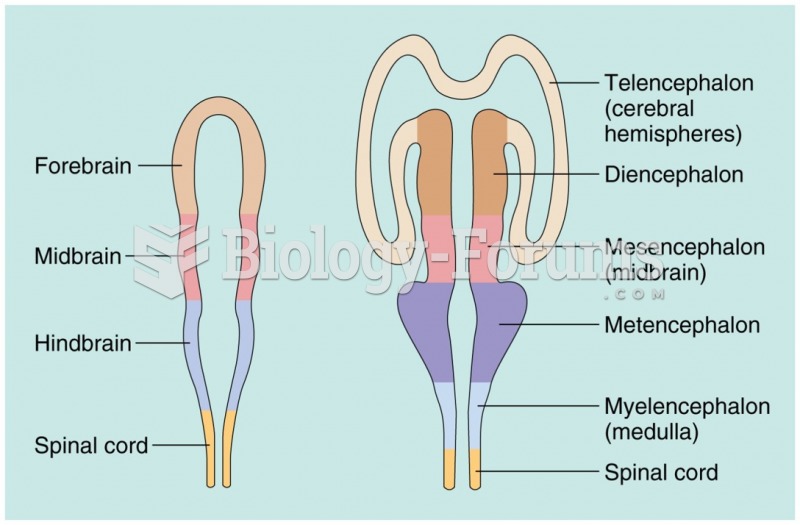Answer to Question 1
Jean-Baptiste Say, a prominent French economist of the 19th century, reasoned that supply creates its own demand. In Say's view, the production of goods and services creates enough income so that there will be a demand for all the goods and services produced. The economy adjusts so that aggregate expenditure equals potential GDP and, as a result, real GDP equals potential GDP. John Maynard Keynes, a prominent 20th century English economist disagreed. He reasoned that supply does not create its own demand and that it is effective demand that determines real GDP. If businesses fail to invest as much as people save, aggregate planned expenditures will be less than potential GDP. Prices and wages are sticky and so, in this case, resources can become unemployed and remain unemployed indefinitely. Real GDP will be less than potential GDP.
Answer to Question 2
Jean-Baptiste Say was a French economist born in 1767. He reasoned, in his best-selling book, Treatise in Political Economy, that the supply side of the market is the dominant factor in the market in achieving the equilibrium. He argued that the production of goods and services would create the income necessary to demand these goods and service, hence the phrase supply creates its own demand. This idea became known as Say's Law. On the other hand, John Maynard Keynes, a British economist born in 1883 and a key figure in establishing the International Monetary Fund (IMF), took the opposite view of his predecessor. He advocated that it is the effective demand that rules the roost in determining the real GDP and that the mere production of goods and services was no guarantee that there would exist demand for them.






